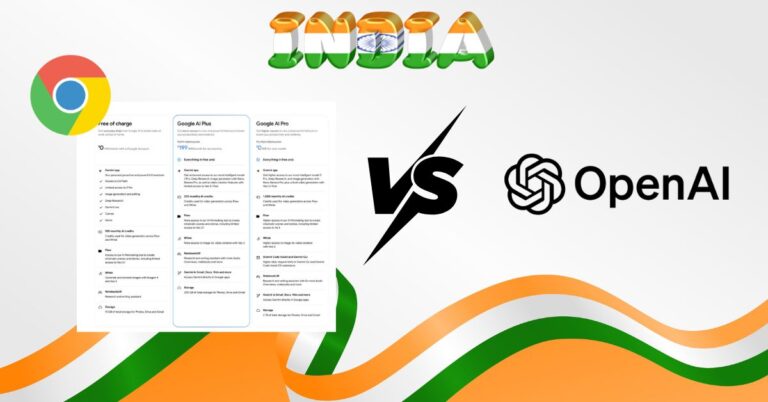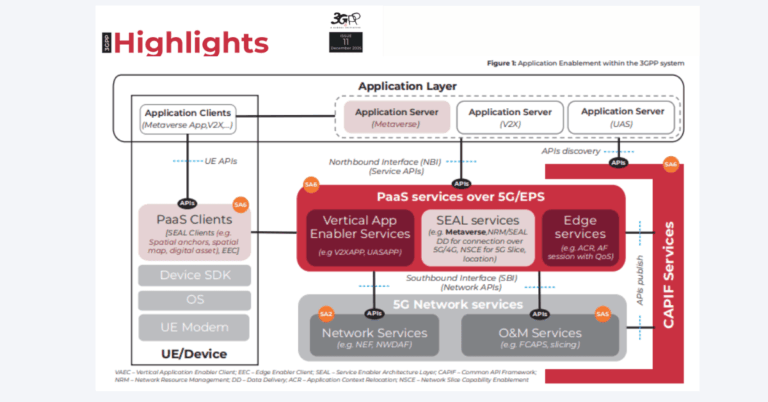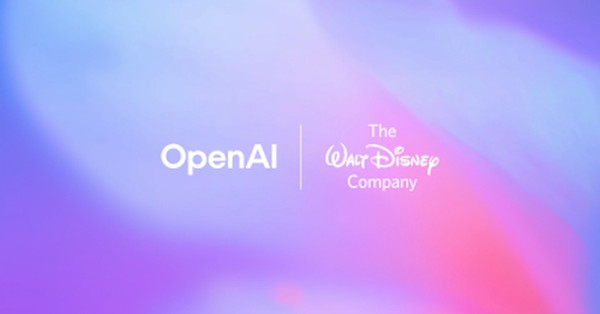Generative AI has been disrupting every industry since its launch, and software development is no different. This technology has the ability to do things much faster and more accurately than humans, which is the driving force behind its rapid adoption by businesses around the globe. If you have a software development team and want to upgrade their productivity, you should definitely explore generative AI.
In this article, we will explore how generative AI is shaping software development in 2025 and beyond. So let’s get started.
How Generative AI is Shaping Software Development?
1. Generate Test Cases for Codebase
Testing is one of the most crucial steps in the software development lifecycle. The outcome of this stage defines whether an item is ready to be shipped to customers/users or it needs to be better. To test your applications better, you need to understand them completely and generate test cases in a way that every feature gets covered and tested.
With generative AI by your side, you can generate test scenarios and test cases such that they cover your entire codebase during the testing stage. This will help you verify all components of your application and ship applications with confidence. As you use generative AI for test cases and scenario generation, you also save a lot of time, which can be used by the testing team to test the applications better.
2. Create User Stories and Tickets
Creating accurate user stories and tickets makes development easier and helps plan sprints and future work items. When developers are busy with their development work, and PMs are constantly working with the business to find feature requirements and other work, the creation of user stories and tickets takes a back seat.
With generative AI, you can spin up multiple user stories and tickets for your development teams if you have clearly defined work. Generative AI can take in your requirements, break them down into smaller user stories, create acceptance criteria for each story, and break them into tickets, which can be assigned to different developers to start working on the feature.
3. Create Synthetic Test Data
Many times, test data is not present for a feature, and this can cause issues for the QA teams when they begin testing any new feature. In such scenarios, manually creating synthetic test data can take a lot of time and can delay deliverables for the QA testing teams.
Here also, generative AI is quite helpful. You can provide your test cases, and generative AI models can help you with synthetic test data that meets input criteria for your features and tests them thoroughly. This not only saves time but also improves the quality of test data and ensures that you aren’t using any production data for testing features.
Moreover, with synthetic data generated using genAI and used for testing, you don’t have to worry about exposing sensitive production data to unauthorized personnel.
4. Generate Unit Test Scripts
Generative AI Development not only helps in writing test cases and generating test data but can also help you write unit test scripts and validate your codebase. Most development teams dread writing unit tests for their features, which often results in minimal code coverage through automated unit tests for the codebase. Having a higher code coverage through automated unit tests can be helpful as you can run unit tests during each build and ensure the build is deployed only when all unit tests pass, and the codebase is stable.
If you are a software development company that has little code coverage through unit test scripts, you should adopt generative AI. It can help you by writing unit test scripts for your codebase, and you can include them in your pipelines to ensure safe and stable builds. The unit test scripts can also help you speed up the QA testing process, as QA teams have to only test new features without worrying about older code’s stability.
5. Help in Troubleshooting
Encountering bugs is normal when you are writing code in any language. Though there is documentation for each language, some bugs can be really tricky, and this is where generative AI models can help you. These models are trained on large amounts of internet data and question answers, due to which it has more knowledge than a normal software engineer working on a feature.
Such models can leverage their data and provide help in troubleshooting tricky bugs, which can save a lot of development time and help you fix errors faster. This can also assist you in eliminating bugs and shipping features on time.
6. Create Documentation
One area where generative AI models shine is creating documentation and creating content supporting your code. Writing technical documentation about any codebase is hard, even when you know everything about it, because you’ll have to write it in such a way that your peers can easily understand and use your codebase.
Generative AI models are changing how software development teams create documentation. These models can take in your user stories and feature requirements to create documentation and release notes about the features. Apart from that, they can also help you create code documentation once you give them access to your codebase.
7. Perform Code Reviews
Code reviews are an important step in software development, and they help in verifying the logic, structuring, and other aspects of the code written for any feature. Code reviews can become time-consuming and delayed when senior engineers aren’t available to review the code, and this can also delay the delivery of vital features. To tackle this, you can have a generative AI model that can perform code reviews on behalf of senior engineers and send them a summary of changes and the review. To make the code review more personalized, you can add more knowledge to your model and train it on relevant codebases so that it can learn best practices of coding in a language and suggest the right things during a code review.
By having such models, you will not only save time but also have a strict code review process, which will ensure that only bug-free code progresses to controlled environments like production.
Conclusion
Generative AI has lots of applications apart from the ones discussed above, and it will play a crucial role in shipping high-quality software in the future. It will never replace engineers, but it will enhance the productivity of each developer who uses such models. So, if you are looking to enhance your software development team’s output and productivity, you should definitely get started using generative AI.








































